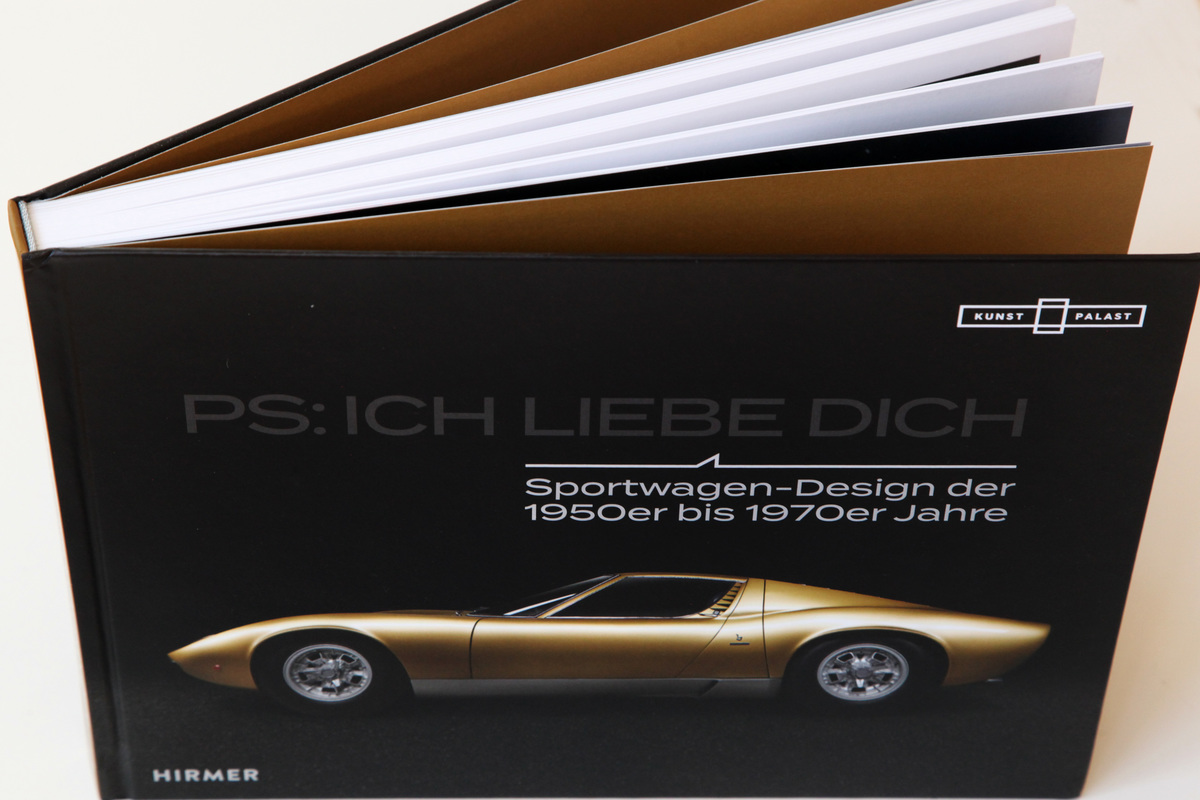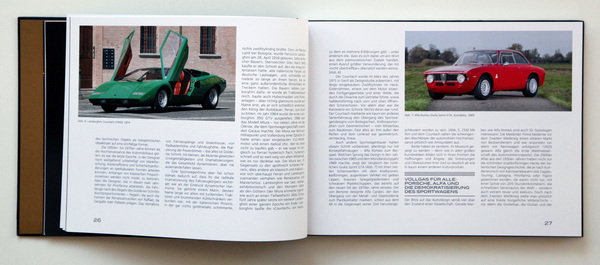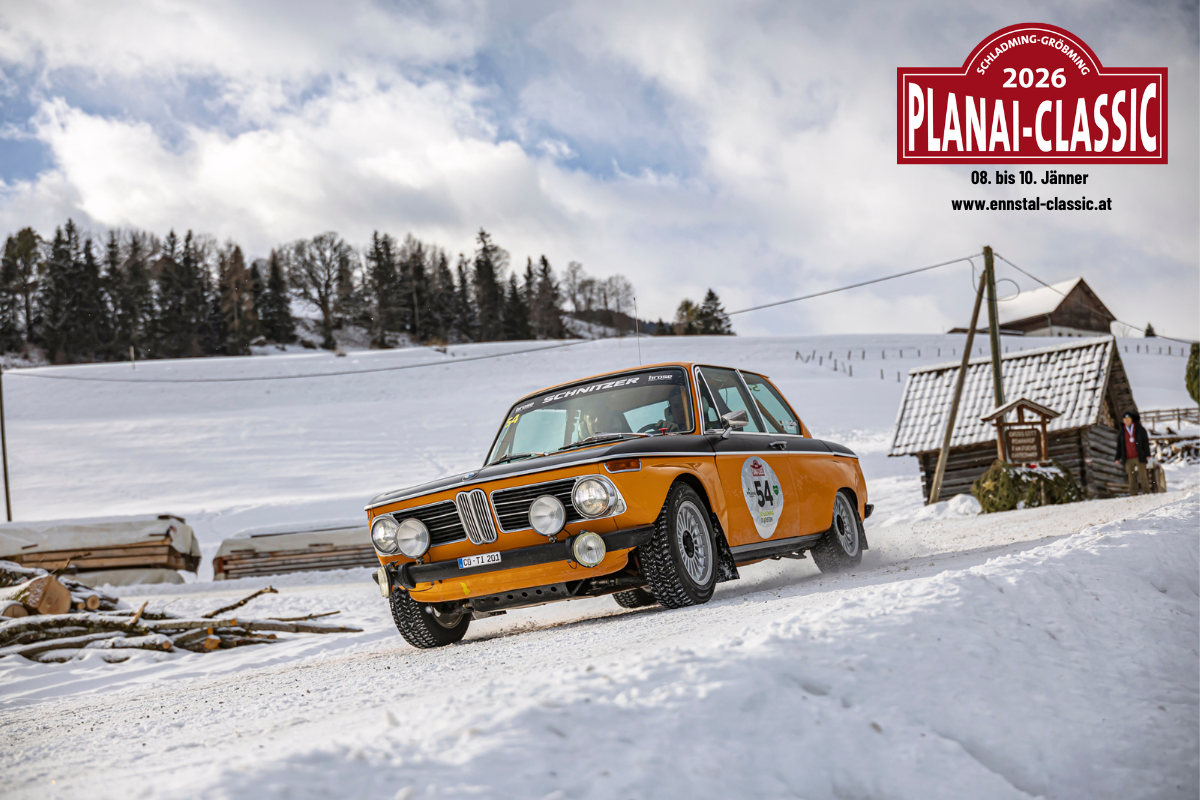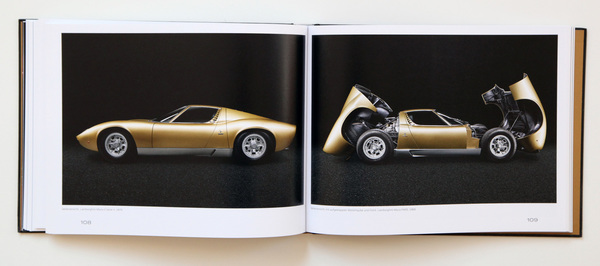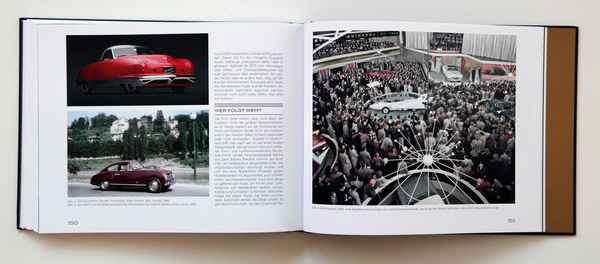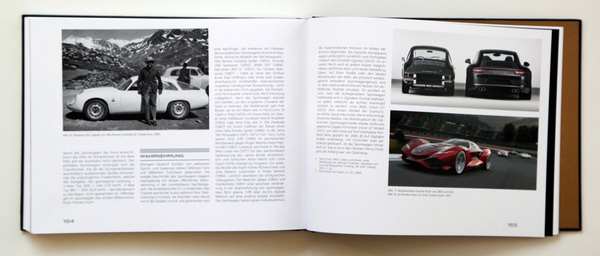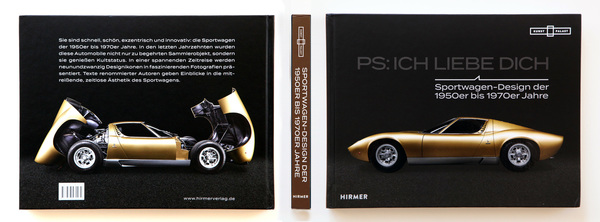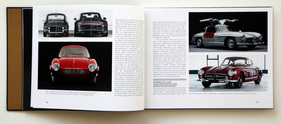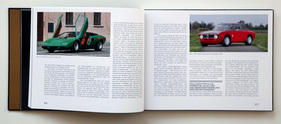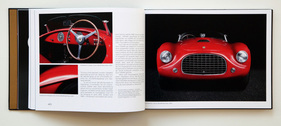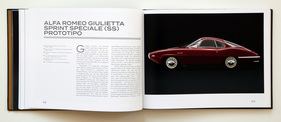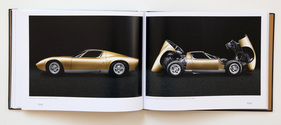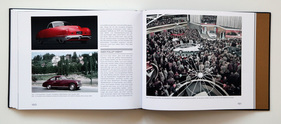This is not the first time that an art museum has exhibited cars. The Museum of Modern Art in New York has been doing this for decades, but it is still somewhat unusual today to admire cars in rooms where you would normally look at works of art by Vincent Van Gogh, Max Bill or Andy Warhol.

Between September 27, 2018 and February 10, 2019, the Kunst Palast in Düsseldorf is exhibiting 29 sports cars from the 1950s to the 1970s under the title "PS: I love you". The subtitle "Sports car design from the 1950s to the 1970s" describes the theme of the exhibition in more detail. To complement the exhibition, a lavishly designed book has now also been published as a kind of catalog for the special show.
An exhibition
The basis for the book was and is, of course, the exhibition at the Kunst Palast, which is dedicated to the development of automobile design between the 1950s and 1970s.
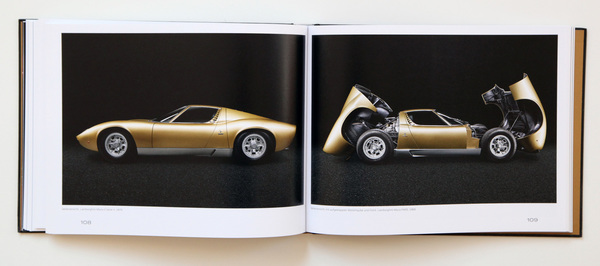
However, the book can also be used without visiting the exhibition, as it is much more than a catalog of the vehicles on display.
Art and/or car design
When art experts design and describe a car design exhibition, you can expect them to address the question of whether a car can be art. Various authors, including Barbara Til/Dieter Castenow, Niklas Maak, Markus Casperis and Paolo Tummanelli, do so extensively, albeit not always with simple and easily comprehensible explanations. After all, the contributors approach the sports car from different angles, dealing with its meaning and purpose, its colors, its speed, its impact on society, its synesthetic aspects or simply the pleasure that a sports car conveys.
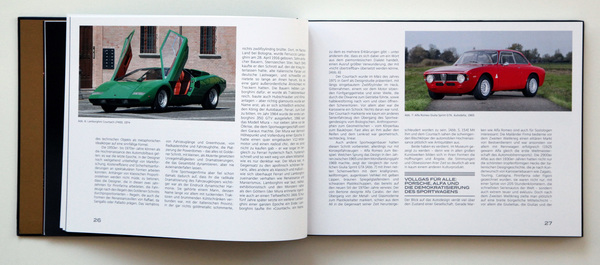
The 11-page article by Niklas Maak in particular, entitled "In praise of the sports car", is likely to speak from the hearts of many car enthusiasts. Towards the end, he comes to the conclusion: "It (the sports car) is not a means of transportation. It is a romantic machine that catapults you into another life. ... The sports car is the opposite of pragmatic transportation: a life-intensifying experience and a synaesthetic synthesis of the arts consisting of sound, feel, form and speed. The car as a work of art and a means of enjoyment, rather than as a utility tool, is perhaps the future of the car."
27 or 29 sports cars
Despite the extensive comments on the art aspect of car design, the 29 exhibited sports cars naturally also take up the most space in the book/catalog, 116 pages (out of 180) in total.

They are described by Christopher Butt in 27 (!) chapters, each of which has the name of the vehicle as its title: Cisitalia 202 SC Berlinetta, Ferrari 166 MM Barchetta, Porsche 356, Mercedes-Benz 300 SL, Lancia Aurelia B24S America Spider, Alfa Romeo Giulietta Spider, BMW 507 (pre-production prototype), Alfa Romeo Giulietta Sprint Speciale (prototype), Ferrari 250 GT California Spider, Maserati 5000 GT Allemano, Ferrari 250 GT SWB Berlinetta Competizione, Aston Martin DB4 GT Zagato, Jaguar E-Type (Geneva demonstration car from 1961), Facel Vega II, Shelby Cobra 289, Porsche 911, Ferrari 275 GTB/4, Lamborghini P400, De Tomaso Mangusta, Toyota 2000 GT, Ferrari 365 GTB/4 Daytona, Dino 246 GTS, Mercedes-Benz C111, BMW Turbo, Lancia Stratos HF, Lamborghini Countach 5000 QV.

Three to six pages are devoted to each vehicle (two in the case of the 300 SL), describing not only the car on display but also its significance in design history. It makes exciting reading and is well researched.
Given the selection of exhibits, it is also clear that, as an exhibition catalog, the book cannot cover the entire history of design. Nevertheless, the commentaries by the guest authors make an effort to complete these observations.
Sophisticated
The book is not light fare, nor is it a classic coffee-table book. The print is not classy enough for that and the texts are too eloquent and extensive. This book is meant to be read, and the views expressed are intended to provide food for thought.
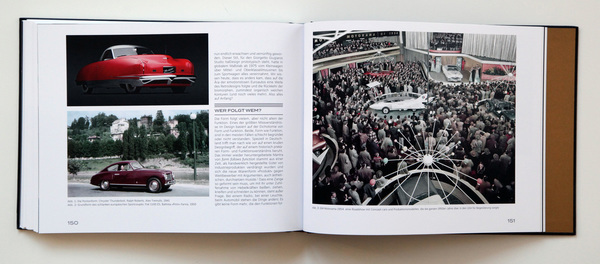
Nevertheless, it must be said that the visual material is quite attractive, both the newly taken photos and the interspersed historical material. The fact that some images have been used more than once is not a bad thing, but it is still noticeable. There are also a few minor inconsistencies (Was there really ever a Porsche 356 with a 1.5-liter engine and 44 hp? Why is the Dino 246 GTS always introduced as a Ferrari?
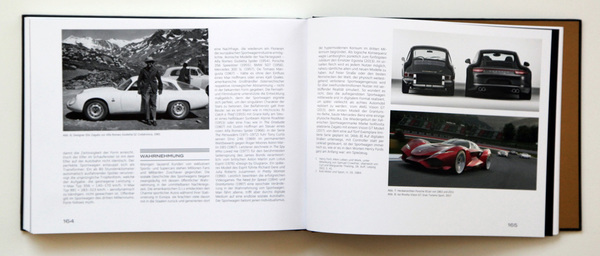
So who should buy this book (or the exhibition catalog) for EUR 39.90? The book is certainly aimed at those who are planning a visit to Düsseldorf or have already been to the exhibition. But the observations are also interesting for people who are enthusiastic about car design and like sports cars from the fifties to the seventies. Those who are only enthusiastic about one or two cars should pick up the corresponding type brochures. But for those who would like to draw a line between art and European car design (the Americans (unfortunately) hardly play a role in the Düsseldorf exhibition, although many design influences actually spilled over to Europe from the other side of the Atlantic), the book offers an exciting overview and plenty of illustrative material worth reading.
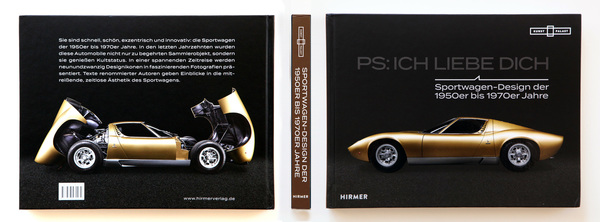
Bibliographical information
- Title: PS: I love you - sports car design from the 1950s to the 1970s
- Publisher: Barbara Til and Bieter Castenow
- Language: German (an English edition is also available under 978-3-7774-3122-2)
- Publisher: Hirmer Verlag
- Edition: 1st edition September 2018
- Format: Hardcover, 22.8 x 29.7 cm
- Scope: 180 pages, around 180 photos (b/w and color)
- ISBN: 978-3-7774-3123-9
- Price: EUR 39.90
- Buy/order: Online at amazon.de or in the museum store of the Kunst Palast in Düsseldorf
